
Turmeric
Turmeric is a flowering plant of the ginger family, Zingiberaceae, the rhizomes of which are used in cooking. The rhizomes are used fresh or boiled in water and dried, after which they are ground into a deep orange-yellow powder commonly used as a coloring and flavoring agent in many Asian cuisines, especially for curries, as well as for dyeing, characteristics imparted by the principal turmeric constituent, curcumin.
Usage : Spices, Cooking
...more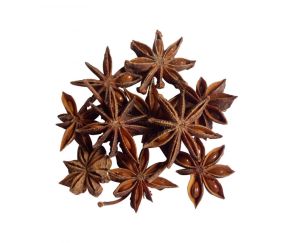
Star Anise
Star anise is used in culinary applications for its distinct flavor but is also employed for its medicinal benefits. It is grown in China, Indo-China, and Japan and sometimes referred to as Chinese star anise. Star anise is a pillar ingredient in Chinese cooking; it is one of the main flavors in Chinese five-spice powder and is also used to make tea and season roast duck and other meats. In Vietnamese cuisine, star anise is part of the well-known soup, pho. In Western cultures, it is more often used to flavor liqueurs, such as absinthe, sambuca, and pastis, as well as baked goods like cookies and cakes.
Cultivation Type : Common
Processing Type : Raw
Color : Brown
Form : Granules
Usage : Cosmetics
Certification : Import Certifications
Variety : Asafoetida
...more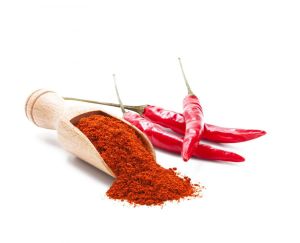
Red Chilly
Chili peppers (also chile, chile pepper, chilli pepper, or chilli), are varieties of the berry-fruit of plants from the genus Capsicum, which are members of the nightshade family Solanaceae, cultivated for their pungency.Chili peppers are widely used in many cuisines as a spice to add “heat” to dishes. Capsaicin and related compounds known as capsaicinoids are the substances giving chili peppers their intensity when ingested or applied topically. Other varieties of capsicum include bell peppers , but while chili peppers are pungent, bell peppers are not.
...more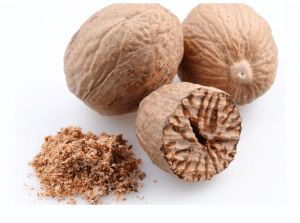
Nutmeg
Nutmeg is the seed or ground spice of several species of the genus Myristica. Myristica fragrans (fragrant nutmeg or true nutmeg) is a dark-leaved evergreen tree cultivated for two spices derived from its fruit: nutmeg, from its seed, and mace, from the seed covering. It is also a commercial source of an essential oil and nutmeg butter. The California nutmeg, Torreya californica, has a seed of similar appearance, but is not closely related to Myristica fragrans, and is not used as a spice. Indonesia is the main producer of nutmeg and mace. Slide 1
Cultivation Type : Common
Processing Type : Raw
Color : Brown
Form : Solid
...more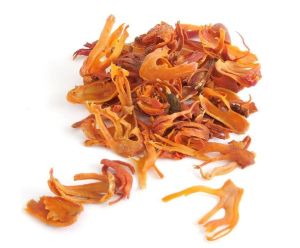
MACE ( JAVITRI)
Javitri is a crimson red colored thread like material that envelops the nutmeg. It is spicy in taste, somewhat like a combination of pepper and cinnamon, with a strong aroma. Javitri is the net like extra seed covering that covers the Nutmeg's seed coat.Like nutmeg, mace is typically used in baking—where those warm notes bridge the savory and sweet in rich foods like donuts, cakes, and sweet potato or pumpkin pie. Mace also adds creative complexity to meaty braises and stews. Slide 1 MA
...more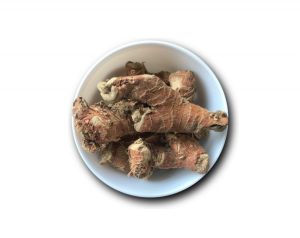
kulanjan galangal alpinia galanga
Alpinia galanga, a plant in the ginger family, bears a rhizome used largely as an herb in Unani medicine and as a spice in Arab cuisine and Southeast Asian cookery. It is one of four plants known as “galangal”, and is differentiated from the others with the common names lengkuas, greater galangal, and blue ginger.
...more
Green Cardamom
Cardamom is a spice made from the seeds of several plants in the genera Elettaria and Amomum in the family Zingiberaceae. Both genera are native to the Indian subcontinent and Indonesia. They are recognized by their small seed pods: triangular in cross-section and spindle-shaped, with a thin, papery outer shell and small, black seeds; Elettaria pods are light green and smaller, while Amomum pods are larger and dark brown.
Color : Green
Cultivation Type : Organic
Processing Type : Blended
Form : Solid
Usage : Cooking
Certification : FSSAI Certified
Variety : Bold
Grade Standard : Medicine Grade
...more
Fenugreek
Fenugreek is an annual plant in the family Fabaceae, with leaves consisting of three small obovate to oblong leaflets. It is cultivated worldwide as a semiarid crop. Its seeds and leaves are common ingredients in dishes from the Indian subcontinent, and have been used as a culinary ingredient since ancient times. Its use as a food ingredient in small quantities is safe. Although sold as a dietary supplement, there is no clinical evidence that fenugreek has therapeutic properties. Commonly used in traditional medicine, fenugreek can increase the risk of serious adverse effects, including allergic reactions.
...more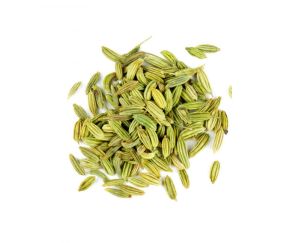
Fennel Seed
Fennel is a flowering plant species in the carrot family.It is a hardy, perennial herb with yellow flowers and feathery leaves. It is indigenous to the shores of the Mediterranean but has become widely naturalized in many parts of the world, especially on dry soils near the sea-coast and on riverbanks. It is a highly flavorful herb used in cooking and, along with the similar-tasting anise, is one of the primary ingredients of absinthe.
...more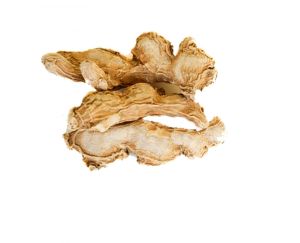
Dry Ginger
Lorem ipsum dolor sit amet, consectetur adipiscing elit. Ut elit tellus, luctus nec ullamcorper mattis, pulvinar dapibus leo.
Packaging Size : 100gm
Variety : Galangal Ginger
Cultivation Type : Common
Usage : Cosmetics
Shelf Life : 6 Month
...more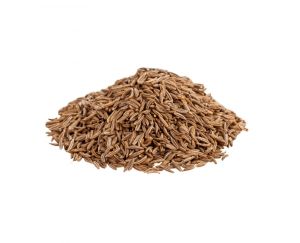
Cumin
Cumin is a flowering plant in the family Apiaceae, native to the Irano-Turanian Region. Its seeds – each one contained within a fruit, which is dried – are used in the cuisines of many cultures in both whole and ground form. Although cumin is thought to have uses in traditional medicine, there is no high-quality evidence that it is safe or effective as a therapeutic agent.
...more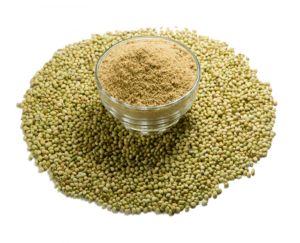
Coriander
Coriander is an annual herb in the family Apiaceae. It is also known as Chinese parsley, dhania, kothmir, or cilantro. All parts of the plant are edible, but the fresh leaves and the dried seeds (which are both an herb and a spice) are the parts most traditionally used in cooking. Most people perceive coriander as having a tart, lemon/lime taste, but to nearly a quarter of those surveyed, the leaves taste like dish soap, linked to a gene that detects some specific aldehydes that are also used as odorant substances in many soaps and detergents.
Cultivation Type : Organic
Color : Green
Application : Cooking
Style : Dried
Certification : FSSAI Certified
Packaging Size : PP Bag, Jute Bag
...more
Cloves
Cloves are the aromatic flower buds of a tree in the family Myrtaceae, Syzygium aromaticum. They are native to the Maluku Islands (or Moluccas) in Indonesia, and are commonly used as a spice, flavoring or fragrance in consumer products, such as toothpaste, soaps, or cosmetics. Cloves are available throughout the year owing to different harvest seasons across various countries.
Cultivation Type : Organic
Processing Type : Blended
Usage : Cooking, Spices, Food And Medicine, Cosmetics
Certification : FSSAI Certified
...moreClove Stem
165 - 170 Per KGS
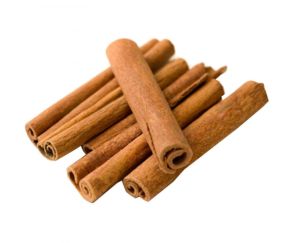
Cinnamon Stick
Cinnamon is a spice obtained from the inner bark of several tree species from the genus Cinnamomum. Cinnamon is used mainly as an aromatic condiment and flavouring additive in a wide variety of cuisines, sweet and savoury dishes, breakfast cereals, snack foods, teas, and traditional foods. The aroma and flavour of cinnamon derive from its essential oil and principal component, cinnamaldehyde, as well as numerous other constituents including eugenol.
Cultivation Type : Common
Processing Type : Raw
Color : Brown
Form : Granules
Usage : Cosmetics
Certification : Import Certifications
...more
Cinnamon Roll
1,150 - 1,250 Per KGS
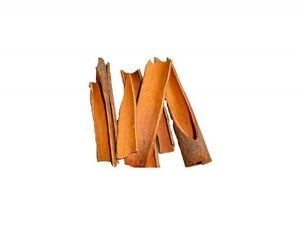
Cassia Split
Cassia is an aromatic spice which appears from the inner bark of a tropical tree. When dried, it twists into quills that are utilised to add a humid, distinctive flavour and fragrance to sweet dishes such as poached fruit. It contains a stronger fragrance than whole sticks.
...moreCassia Roll
470 - 550 Per KGS
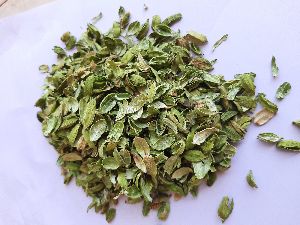
cardamom husk
135 - 150 Per KGS
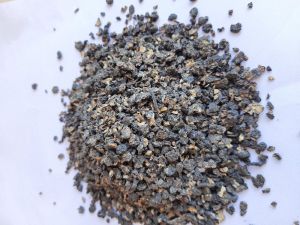
black pepper spent
25 - 100 Per KGS
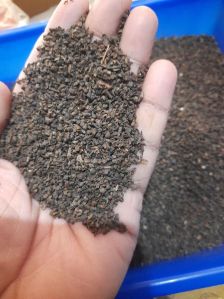
Black Pepper Pinhead
55 - 140 Per KGS
BLACK PEPPER LITES
250 - 450 Per KGS
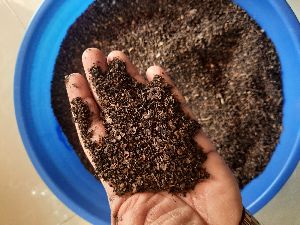
Black Pepper Husk
30 - 50 Per KGS
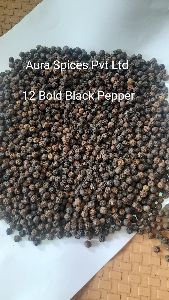
Black Pepper bold
520 - 560 Per KGS
Be first to Rate
Rate ThisOpening Hours